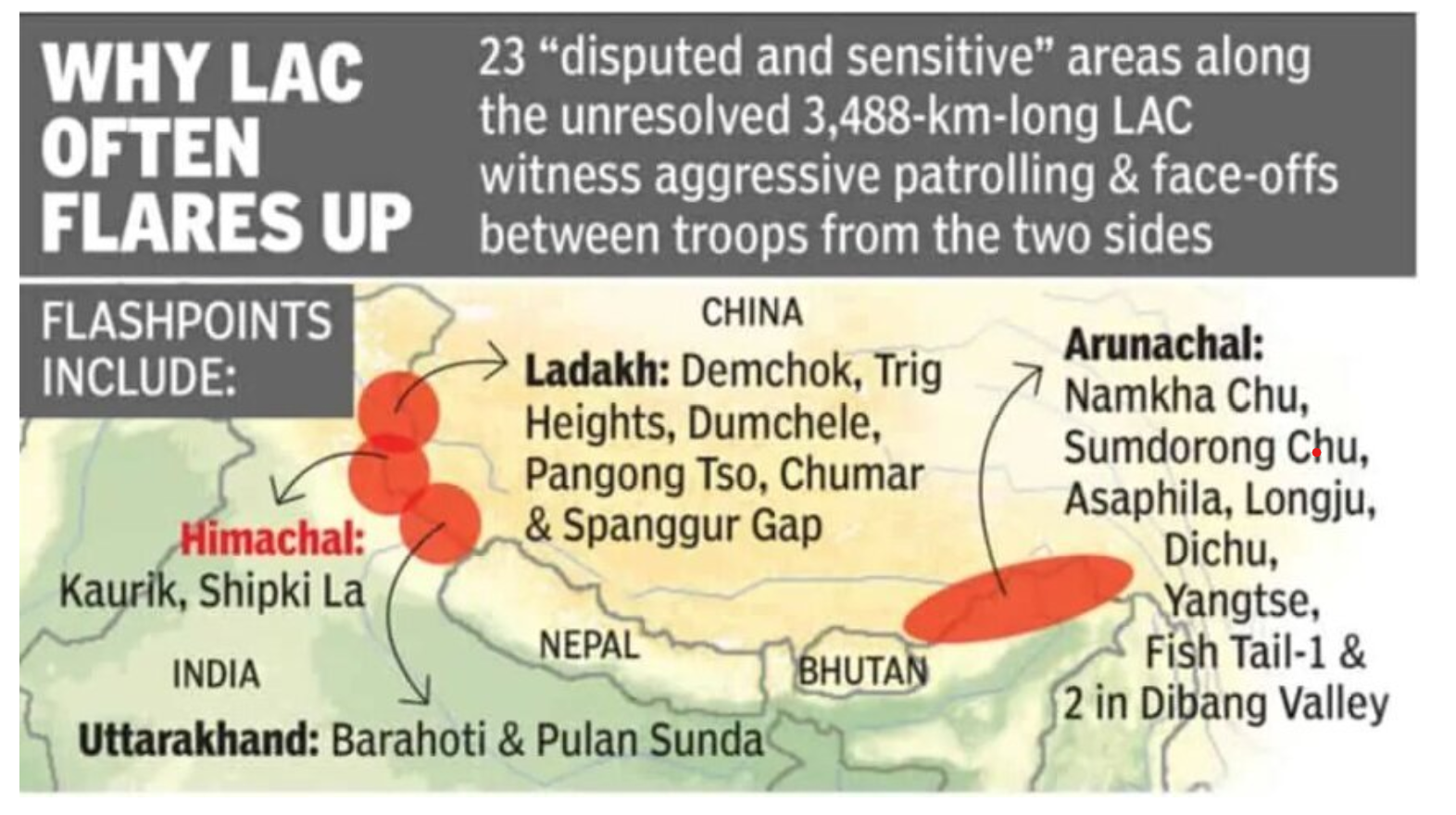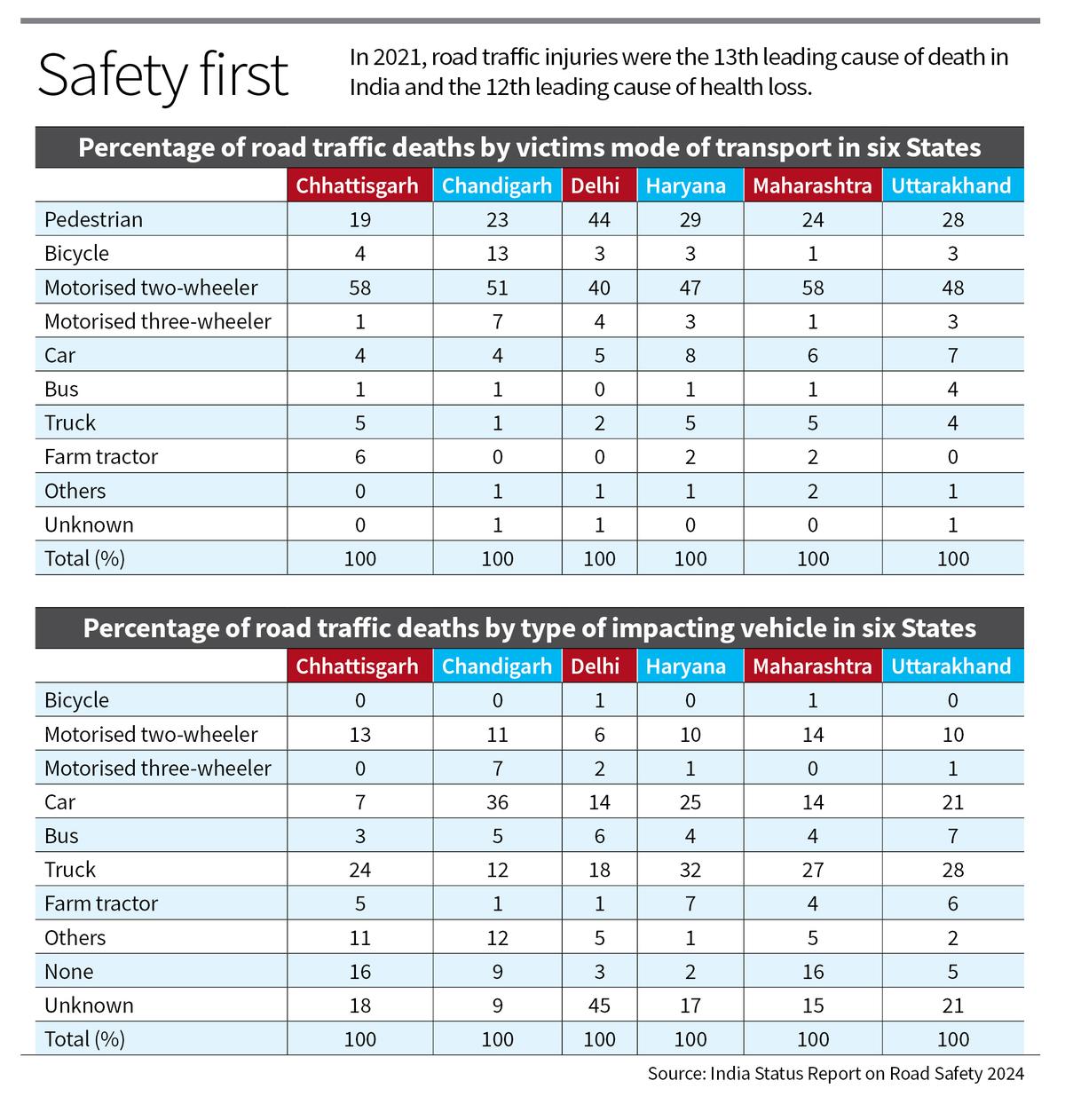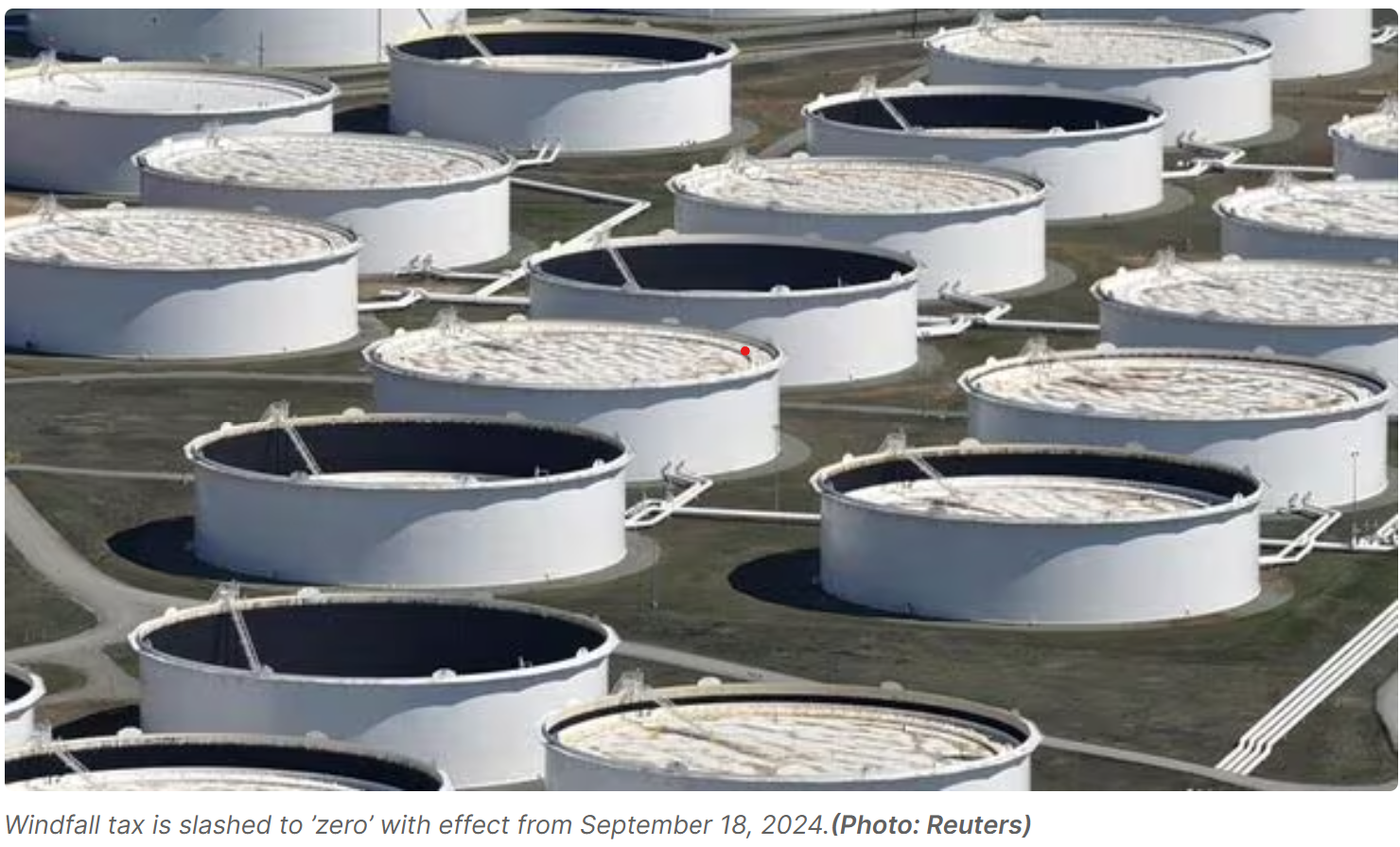Strategic Clean Energy Partnership (SCEP)

- 18 Sep 2024
In News
The recent Strategic Clean Energy Partnership (SCEP) Ministerial between the United States and India aimed to enhance collaboration in clean energy innovation, energy security, and the transition to clean energy.
About the Partnership
The meeting reviewed significant achievements and future initiatives across five core pillars:
- Power and Energy Efficiency
- Responsible Oil and Gas
- Renewable Energy
- Emerging Fuels & Technologies
- Sustainable Growth
The SCEP facilitates bilateral cooperation on clean energy, focusing on power, efficiency, renewable resources, emerging technologies, and sustainable practices.
Key Highlights of SCEP
Renewable Energy Technology Action Platform (RETAP)
Launched in August 2023, RETAP aims to create actionable roadmaps for:
- Hydrogen
- Long-duration energy storage
- Offshore wind
- Geothermal technologies
Energy Storage Task Force
This public-private initiative seeks to address:
- Policy
- Safety
- Regulatory challenges
It explores alternatives to lithium-ion technologies, with projects like Battery Energy Storage Systems (BESS) in Assam and Haryana focusing on grid integration and renewable energy storage.
Modernization of Power Distribution
The meeting underscored India’s advancements in:
- Smart metering
- Power market reforms
- The Indian Railways’ goal of achieving net-zero emissions by 2030
India has successfully procured 1.5 GW of round-the-clock renewable energy.
Sustainable Aviation Fuel (SAF) & Transport Electrification
A comprehensive workshop was launched to enhance R&D, certification, and partnerships for SAF. India’s PM eBus Sewa scheme aims to deploy 10,000 electric buses, promoting electrification in medium and heavy-duty transport.
Carbon Capture, Utilization, and Storage (CCUS) & Methane Abatement
Cooperation on CCUS technologies and regulatory frameworks has increased, alongside efforts to reduce methane emissions in the oil and gas sector through collaboration with India’s Directorate General of Hydrocarbons.
Public-Private Collaborations
The importance of public-private dialogues in shaping policies and reducing the costs of clean energy technologies was emphasized.
Initiatives Supporting Clean Energy
- International Solar Alliance (ISA): A global coalition led by India, promoting solar energy collaboration among solar-rich countries.
- Renewable Energy Technology Action Platform (RETAP): A US-India initiative focusing on hydrogen, energy storage, offshore wind, and geothermal technologies.
- Green Hydrogen Mission (India): Promotes green hydrogen as a clean energy alternative, especially in heavy industries and transportation.
- EU’s Green Deal: A European strategy aimed at achieving climate neutrality by 2050 through clean energy investments and policies.
- PM KUSUM Scheme (India): Supports solar power generation for irrigation, reducing fossil fuel reliance in agriculture.
Union Budget 2024-25: Corridor Projects for Bihar's Temples

- 18 Sep 2024
Why in News?
The Union Budget 2024-25 announced plans to develop corridor projects for the Vishnupad Temple at Gaya and the Mahabodhi Temple at Bodh Gaya in Bihar. These initiatives aim to enhance both temples as significant pilgrimage and tourist destinations, modeled after the successful Kashi Vishwanath Corridor. The temples are located approximately 10 kilometers apart and hold considerable cultural significance.
Key Facts About the Temples
Vishnupad Temple at Gaya
- Location: Situated on the banks of the Phalgu/Falgu River in Gaya district, Bihar.
- Deity: Dedicated to Lord Vishnu.
- Legend: Local mythology recounts that a demon named Gayasur sought the power to help others attain moksha (liberation). After misusing this power, he was subdued by Lord Vishnu, who left a footprint at the temple, symbolizing this event.
- Architectural Features: The temple stands about 100 feet tall and is supported by 44 pillars made from large gray granite blocks (Munger Black stone), joined with iron clamps. The octagonal shrine is oriented towards the east.
- Construction: Built in 1787 under Queen Ahilyabai Holkar's orders.
- Cultural Practices: The temple is especially significant during Pitra Paksha, a time for honoring ancestors, attracting many devotees. The Brahma Kalpit Brahmins, or Gayawal Brahmins, have served as traditional priests since ancient times.
Mahabodhi Temple at Bodh Gaya
- Historical Significance: Believed to be the location where Gautam Buddha attained enlightenment under the Mahabodhi Tree.
- Construction: Originally built by Emperor Ashoka in the 3rd century BC, with the current structure dating back to the 5th–6th centuries.
- Architectural Features: The temple complex includes the 50-meter-high Vajrasana (the Diamond Throne), the sacred Bodhi Tree, and six other sacred sites associated with Buddha's enlightenment. The site is surrounded by numerous ancient Votive stupas and is protected by circular boundaries.
- Sacred Sites:
- Bodhi Tree: A direct descendant of the original tree under which Buddha attained enlightenment.
- Animeshlochan Chaitya: Where Buddha spent the second week of meditation post-enlightenment.
- Ratnachakrama: Site of Buddha's third week after enlightenment.
- Ratnaghar Chaitya: Site of Buddha's fourth week after enlightenment.
- Ajapala Nigrodh Tree: Site of Buddha’s fifth week after enlightenment.
- Lotus Pond: Site of Buddha’s sixth week after enlightenment.
- Rajyatana Tree: Site of Buddha’s seventh week after enlightenment.
- Recognition: Designated a UNESCO World Heritage Site in 2002, the Mahabodhi Temple attracts numerous national and international pilgrims, emphasizing its spiritual importance.
Other Tourist Attractions in Bihar
Additional notable tourist sites in Bihar include:
- Vishwa Shanti Stupa in Rajgir
- Nalanda
- Ancient city of Patliputra
- Valmiki Nagar Tiger Reserve in West Champaran
What is the Pilgrim Corridor Project (PCP)?
The Pilgrim Corridor Project (PCP) aims to upgrade religious sites into world-class destinations for spiritual and tourism purposes.
India-China Disengagement Along the LAC

- 18 Sep 2024
Overview of Disengagement Progress
Recently, India’s External Affairs Minister announced that about 75% of the “disengagement problems” with China along the Line of Actual Control (LAC) in Ladakh have been “sorted out.” However, notable areas such as Demchok and the Depsang plains have seen no progress toward resolution over the past two years.
Recent Developments on India-China Disengagement
Verified Disengagement
India and China have mutually agreed to and verified disengagement from five friction points, including:
- Galwan Valley
- Pangong Tso
- Gogra-Hot Springs
Despite this, issues in Demchok and Depsang remain unresolved.
Diplomatic Efforts
Recent high-level diplomatic interactions have facilitated the disengagement along the LAC. Key meetings include:
- India’s National Security Advisor Ajit Doval meeting Chinese Foreign Minister Wang Yi at the BRICS NSAs meeting in St Petersburg, Russia.
- Anticipation for further disengagement is linked to the upcoming BRICS Summit in October in Kazan, Russia, where leaders from both nations are expected to meet.
Significance of Disengagement
The 31st meeting of the Working Mechanism for Consultation & Coordination on India-China Border Affairs (WMCC) was described as “frank, constructive, and forward-looking.” Participants urged both parties to “narrow down the differences” and “find early resolution of the outstanding issues.” The phrase "narrow down the differences" marks a hopeful shift in the dialogue surrounding the border standoff.
Strategic Importance of Depsang Plains and Demchok
Depsang Plains
The Depsang Plains hold strategic significance due to the following reasons:
- The People’s Liberation Army (PLA)’s control threatens India’s position over the Siachen Glacier, potentially encircling the Indian Army between China and Pakistan.
- A coordinated attack from both China and Pakistan would leave India’s military position on the Siachen Glacier vulnerable.
- The Indian Army identifies this region as particularly susceptible to mechanized warfare due to its flat terrain, which also offers direct access to Aksai Chin.
Demchok
Demchok is crucial for several reasons:
- It facilitates effective surveillance of Chinese movements and activities in the Aksai Chin region.
- It supports essential road and communication links that enable rapid military mobilization and logistical support.
Key Areas in the India-China Standoff
Pangong Lake Region
- This area frequently sees patrols from both India and China intersecting.
- The north bank of the lake is divided into eight "fingers," with India claiming territory up to Finger 8 and China disputing it down to Finger 4.
Demchok Region
- Recent reports indicated increased Chinese activity and heavy equipment movement.
Galwan River Basin
- Satellite imagery revealed Chinese tents near the Galwan River basin, suggesting incursions into traditionally held Indian territories.
Gogra Post
- A Chinese military buildup near the Gogra post has escalated tensions.
Daulat Beg Oldie (DBO)
- Chinese encroachments have been reported in the DBO sector, located on the Indian side.
- The DBO airstrip is critical for winter operations and reinforcements, accessible via the 255 km-long Darbuk-Shyok-DBO road.
India Status Report on Road Safety 2024

- 18 Sep 2024
In News:
The "India Status Report on Road Safety 2024," prepared by the TRIP Centre at IIT Delhi, highlights India's slow progress in reducing road accident fatalities and emphasizes the need for a tailored approach to road safety.
Key Findings:
- Road Safety Analysis:
- The report analyzes road safety data from FIRs across six states and evaluates compliance with Supreme Court directives on road safety.
- There are significant disparities in road traffic death rates among states, with motorcyclists and truck-related fatalities being notably high.
- Road traffic injuries remain a critical public health issue, with little progress in reducing fatalities. Many states are unlikely to meet the UN goal of halving traffic deaths by 2030.
- Health Impact:
- In 2021, road traffic injuries ranked as the 13th leading cause of death in India and the 12th leading cause of health loss (measured in Disability-Adjusted Life Years, or DALYs). Six states listed road traffic injuries among their top 10 health loss causes.
- Crash Surveillance Deficiencies:
- India lacks a national crash-level database, relying on police station records, which are often incomplete and inaccurate. This hampers effective public policy and intervention strategies.
- State Performance:
- There is a threefold variation in per capita death rates across states. Tamil Nadu, Telangana, and Chhattisgarh have the highest rates, while West Bengal and Bihar have the lowest.
- Pedestrians, cyclists, and motorized two-wheeler riders are the most common accident victims, with trucks accounting for a large share of accidents.
- Helmet usage is low, especially in rural areas, and basic traffic safety measures are inadequate across many states.
- Global Comparison:
- India's road safety governance is starkly lagging compared to developed nations. By 2021, Indians were 600% more likely to die in road accidents compared to their counterparts in countries like Sweden.
Recommendations for Improvement
- National Database: Establish a comprehensive, publicly accessible database for fatal crashes to enhance understanding of risks and evaluate the effectiveness of interventions.
- Scaled Interventions: Prioritize road safety measures at both Central and State levels, tailored to the specific challenges of each region.
- Public Awareness and Safety: Increase public awareness of road safety measures, particularly helmet usage, and improve trauma care facilities.
- Infrastructure Audit: Conduct thorough audits of National and State Highways to identify safety gaps and implement necessary improvements.
By implementing these recommendations, India can take meaningful steps toward improving road safety and reducing fatalities.
Windfall tax on crude oil cut to zero

- 18 Sep 2024
In News:
The windfall tax on domestically produced crude oil will be slashed to ‘zero’ effective September 18. This marks its second reduction to nil since its introduction in July 2022.
Key Details:
- The windfall tax is revised every 15 days based on average oil prices over the previous two weeks, charged as Special Additional Excise Duty (SAED) on profits from domestically produced crude oil.
- The last revision, effective August 31, set the windfall tax at ?1,850 per tonne.
- The SAED on the export of diesel, petrol, and jet fuel (ATF) has been set to ‘nil’ following a major decline in crude oil prices.
- This is the second instance since the tax was imposed that it has been reduced to nil; the first reduction occurred on April 4, 2023.
Crude Oil Prices
- Crude oil prices increased by $1 per barrel due to supply chain issues; traders anticipate demand growth if the US Federal Reserve lowers borrowing costs.
- More than 12% of crude production from the US Gulf of Mexico was offline last week due to Hurricane Francine, contributing to price increases in three of the past four sessions. US crude futures rose by $1.31 (1.9%) to $71.40, while Brent crude futures increased by $1 (1.4%) to $73.75 per barrel.
- The windfall tax on crude oil companies was introduced in July 2022 to control extreme profits from gasoline, diesel, and aviation fuel exports.
What is a Windfall Tax?
- A windfall tax is a surtax imposed by governments on businesses or economic sectors that have benefited from economic expansion.
- The purpose is to redistribute excess profits in one area to raise funds for the greater social good; however, this can be a contentious ideal.
- Some individual taxes—such as inheritance tax or taxes on lottery or game-show winnings—can also be construed as a windfall tax.
